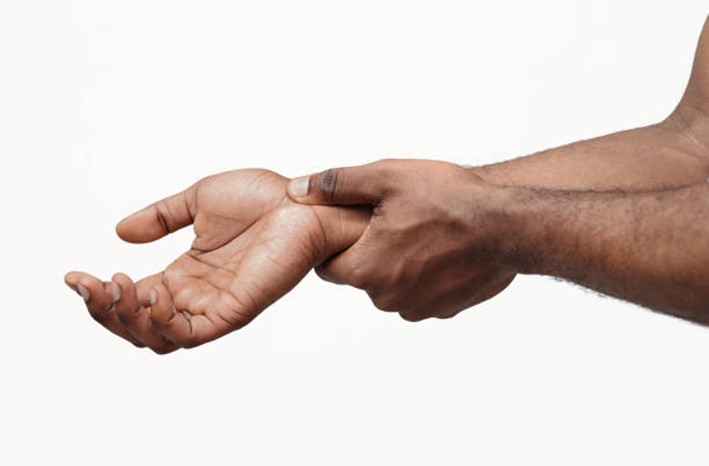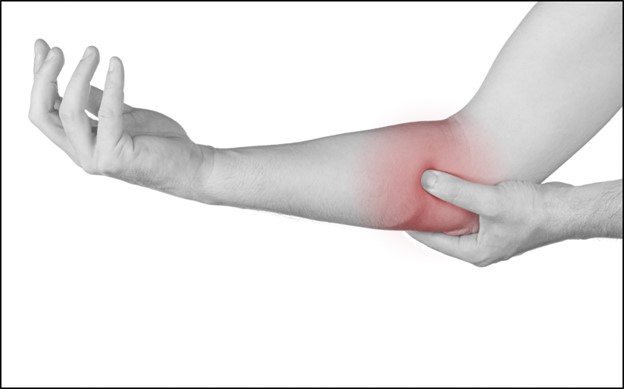Golfer’s elbow, medically known as medial epicondylitis, is a soft tissue condition that is characterized by pain in the inner side of the elbow.
It is commonly seen in sportsmen particularly the ones that use rachets such as tennis and those that involve a lot of throwing such as javelin, archery, bowling and baseball. Individuals who participate in consistent weightlifting are also predisposed to having a tennis elbow. However, it is also popular among individuals whose occupations involve repetitive wrist and forearm movements such as carpentry, tree cutting or plumbing.
Signs and symptoms
- Persistent pain on the inner side of the elbow or forearm that may extend up to the arm and wrist. The pain is often produced when one resists bending the wrist, swinging the wrist or making a fist or tight grip.
- Elbow stiffness.
- Weakness in the hand and wrist
- May have numbness or tingling sensation on the fingers.
Causes
- It is often caused by repetitive stress being inflicted on the medial epicondyle tendon leading to inflammation. This can be as a result of athletic or work-related activities that cause overuse injury of the tendon.
- Trauma, such as falling on an outstretched arm or from a forceful arm jerk.
- Manual workers who do frequent lifting of loads more the 20kg or are exposed to constant vibration at elbow for example construction workers are at a high risk.
Diagnosis
Your physiotherapist will make an accurate diagnosis after collecting information by;
- Understanding your medical history- any history of trauma, nature of pain, any numbness or tingling sensation, movements that ease pain vs those that provoke it.
- Understanding the nature of your occupation or any sport you participate in
- Doing a thorough physical examination
- Through imaging- MRI, diagnostic ultrasound
- Special physiotherapy tests- golfer’s elbow test.
Management
- Rest and refrain from pain provoking activities.
- Physiotherapy
- Steroidal injection and NSAIDs for pain management.
Physiotherapy treatment
- RICE approach for acute pain (3-5 days after the onset of pain). This consists of rest from provoking activities, application of ice, compression therapy and elevate the hand.
- Education on proper ergonomic and safety practices
- Activity modification
- Elbow brace/splint.
- Heat and electrotherapy for pain relief.
Gradual stretches and strengthening exercises.

